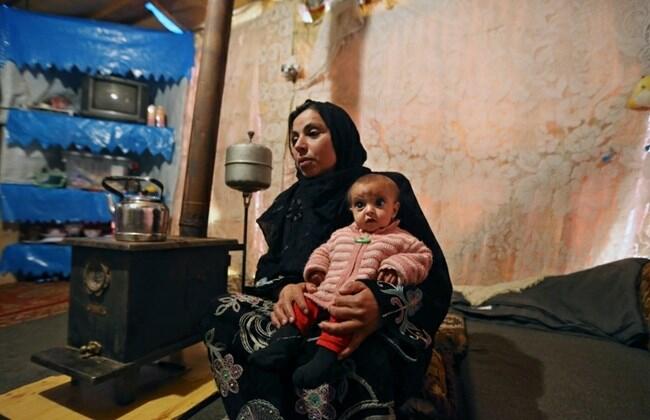Regionally however, the study found that there are 33 million people in the Near East and North Africa region that are currently undernourished, up from 16.5 million in 1990. This astronomical increase was mostly driven by conflict-ridden areas such as Syria, Iraq, Yemen, Sudan, Gaza and the West Bank. The U.N.’s Food and Agriculture Organization representative in Lebanon Maurice Saade explained that the country’s low food insecurity was driven by its high income per capita. “In general, food insecurity, food security, is related to the level of income,” Saade told The Daily Star. “Lebanon is a upper-middle-income country if you look at the average per capita income, but of course the income distribution is quite skewed.” Saade lamented the fact that there have not been any nutrition surveys by the government in Lebanon for decades and the statistics may not represent the entire picture. He called on the Health, Agriculture and Social Affairs ministries to rectify this. “We know that there are pockets of poverty where you have for sure very high level of malnutrition,” Saade added. The report also did not factor in Syrian refugees that are currently living in Lebanon, due to choices in its methodology. According to the U.N. refugee agency, there are currently more 1.1 million Syrian refugees in Lebanon, most of whom are living in tough conditions and are at risk of suffering from malnutrition. The report, titled “Regional Overview of Food Insecurity in the North East and North Africa,” was launched by representatives from the FAO and the World Food Program at the Phoenicia HotelWednesday. It was compiled by the FAO and was taken from a wider United Nations report on global hunger which was completed through collaboration between the FAO, the WFP and the International Fund for Agricultural Development. 2015 marks the deadline for the Millennium Development Goals set in 2000 by the U.N. member states. One of the first MDGs was to halve, between 1990 and 2015, the proportion of people who suffer from hunger. According to the report, NENA is the only region to see an increase in the prevalence of undernourishment in the world. However, 15 countries in the region – such as the Gulf Cooperation Council states, most of North Africa, Jordan and Iran – did meet the hunger targets of halving the number of undernourished people or maintaining a rate below 5 percent. “The ongoing civil war in Syria has left 13.6 million people in critical need of sustained food and agricultural assistance,” a press release on the launching of the report said. A quarter of Yemen’s population of 24 million people were considered undernourished before the current conflict erupted in March, which has most likely plunged many more into food insecurity. Iraq’s malnutrition has suffered a great deal from a range of conflicts over the past two decades which has seen the prevalence of malnutrition rise from 8 percent in the early 1990s to 23 percent. Conversely, the region also suffers from high levels of obesity. According to the report, nearly one quarter of the population in the MENA region is considered obese, which is twice the world’s average and three times that of developing countries.
Mazin Sidahmed| The Daily Star











